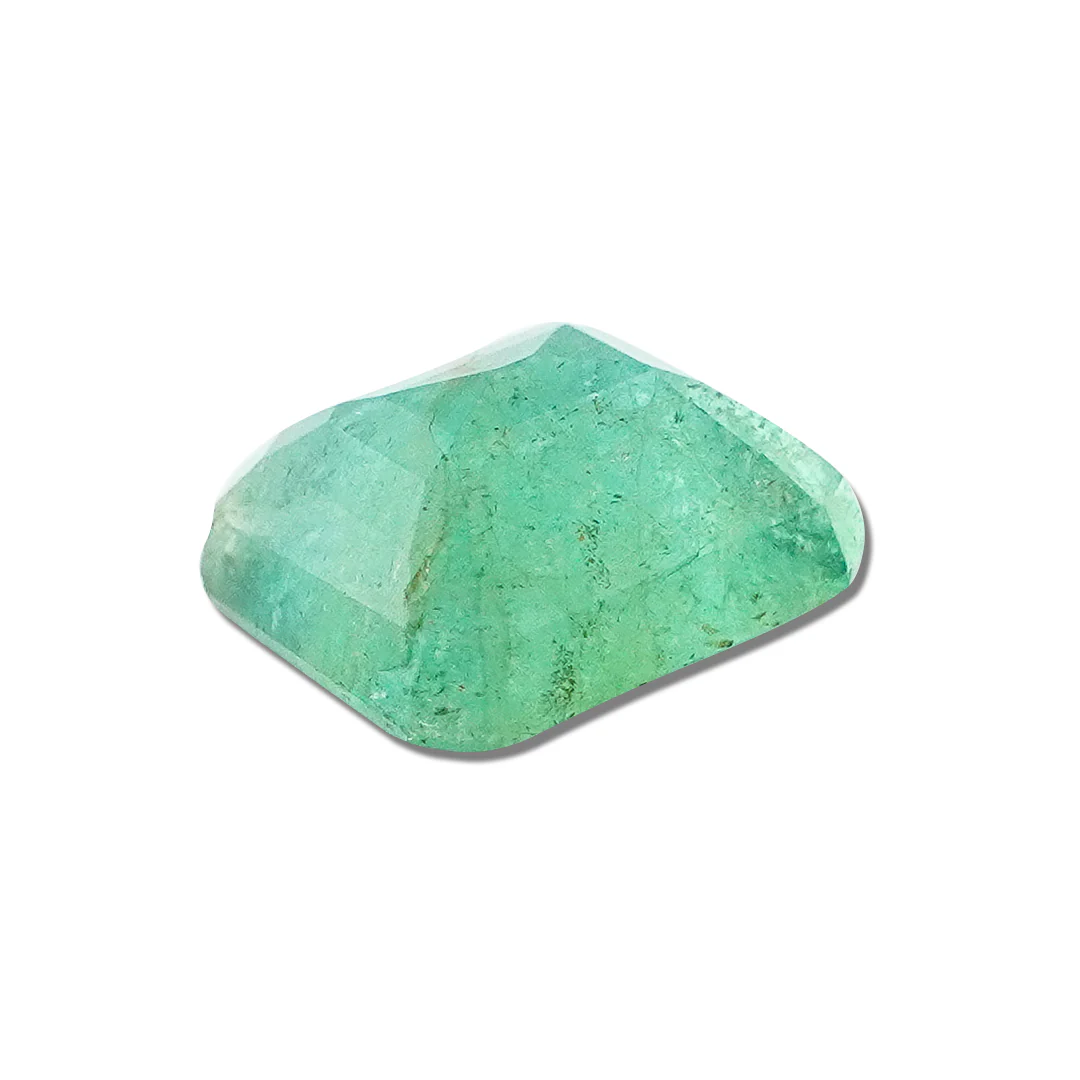Introduction to Manimahesh Temple
Nestled in the breathtaking Himalayan landscape of Himachal Pradesh, the Manimahesh Temple in Chamba stands as a testament to spiritual devotion and natural beauty. This sacred site, dedicated to Lord Shiva, attracts thousands of pilgrims and tourists alike, offering a unique blend of religious significance and stunning scenery.

Read article on: Shrikhand Mahadev Temple
Location and Accessibility
The Manimahesh Temple is located in the Bharmour region of Chamba district, Himachal Pradesh, India. Situated at an altitude of 13,500 feet above sea level, the temple is surrounded by the majestic Dhauladhar range of the Himalayas.
Address: Manimahesh Lake, Bharmour, Chamba District, Himachal Pradesh, India
To reach the temple, visitors can:
- Fly to Dharamshala’s Gaggal Airport (130 km away)
- Take a train to Pathankot Railway Station (180 km away)
- Drive or take a bus to Bharmour (65 km from Chamba town)
From Bharmour, a challenging 13 km trek leads to the Manimahesh Lake and temple. Alternatively, helicopter services are available during the peak pilgrimage season.
The Divine Deity
The Manimahesh Temple is dedicated to Lord Shiva, one of the principal deities in Hinduism. The temple houses a self-manifested lingam, believed to represent Lord Shiva himself. The name “Manimahesh” translates to “Jewel (Mani) on Shiva’s (Mahesh’s) Crown,” referring to the glistening snow-capped peak of Mount Kailash visible from the temple.
Historical Significance
The exact origins of the Manimahesh Temple are shrouded in mystery, but its significance dates back centuries. Local legends claim that Lord Shiva resided here with his consort Parvati. The temple has been a revered pilgrimage site for devotees of Lord Shiva for generations.
In the 8th century CE, the region came under the rule of the Chamba kingdom, which further popularized the temple and its associated pilgrimage. The annual Manimahesh Yatra, a significant pilgrimage event, has been observed for centuries, drawing devotees from across India.
Architectural Marvel
The Manimahesh Temple, though modest in size, is a remarkable example of hill architecture:
- Structure: The temple is a small, single-story stone structure with a pyramidal roof.
- Design: It features intricate wood carvings and stone sculptures depicting various Hindu deities and mythological scenes.
- Surroundings: The temple complex includes several smaller shrines and a sacred water tank for ritual bathing.
The true marvel, however, lies in the temple’s natural setting. Situated on the banks of the crystal-clear Manimahesh Lake, with the snow-capped Mount Kailash in the background, the temple offers a spiritually uplifting and visually stunning experience.
Festivals and Celebrations
The Manimahesh Temple comes alive during various festivals and events throughout the year:
- Manimahesh Yatra: The most significant event, held annually in August-September. Thousands of pilgrims undertake the challenging trek to the temple during this 15-day pilgrimage.
- Janmashtami: Celebrating Lord Krishna’s birth, this festival sees special pujas and cultural programs at the temple.
- Maha Shivratri: A night-long festival in February-March, dedicated to Lord Shiva, featuring special prayers and rituals.
- Navaratri: Nine nights of worship dedicated to the divine feminine, celebrated with great fervor at the temple.
Visiting Hours and Best Time to Visit
Temple Timings:
- Summer (April to October): 5:00 AM to 9:00 PM
- Winter (November to March): 6:00 AM to 7:00 PM
Aarti Timings:
- Morning Aarti: 6:00 AM
- Evening Aarti: 7:00 PM
Best Time to Visit:
The ideal time to visit Manimahesh Temple is from May to October when the weather is pleasant and the trek is more manageable. However, for those wishing to participate in the Manimahesh Yatra, plan your visit in August-September.
Unique Rituals and Practices
The Manimahesh Temple is known for several unique rituals and practices:
- Holy Dip: Pilgrims take a ritual bath in the Manimahesh Lake, believed to cleanse sins and bring spiritual purification.
- Circumambulation: Devotees perform a parikrama (circumambulation) of the lake and temple, often in harsh weather conditions, as an act of devotion.
- Chhari Yatra: A sacred mace, symbolizing Lord Shiva’s authority, is carried from Chamba to Manimahesh during the annual yatra.
- Offering of Lotus Flowers: Devotees offer lotus flowers, which miraculously bloom in the high-altitude lake, to Lord Shiva.
- Meditation: The serene environment makes it an ideal spot for meditation and spiritual contemplation.
Planning Your Visit
When planning a trip to Manimahesh Temple, consider the following:
- Physical Fitness: The trek to the temple is challenging. Ensure you’re in good health and physically prepared.
- Acclimatization: Spend a day or two in Bharmour to acclimatize to the high altitude before starting the trek.
- Clothing: Pack warm, waterproof clothing, even in summer, as weather can be unpredictable.
- Accommodation: Basic lodging is available in Bharmour and along the trek route. Book in advance during peak season.
- Guides: Consider hiring a local guide for a safe and informative journey.
- Permits: Check if any permits are required for the trek, especially during the Manimahesh Yatra.
For astrology videos visit at: Acharya Ganesh
Conclusion of Manimahesh Temple
The Manimahesh Temple in Chamba offers more than just a religious experience; it’s a journey through stunning landscapes, rich culture, and spiritual awakening. Whether you’re a devout pilgrim or an adventure seeker, this hidden gem in the Himalayas promises an unforgettable experience. As you stand before the temple, with the majestic Mount Kailash in the background and the serene Manimahesh Lake at your feet, you’ll understand why this place has captivated hearts for centuries.






























